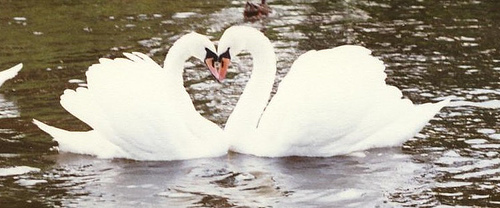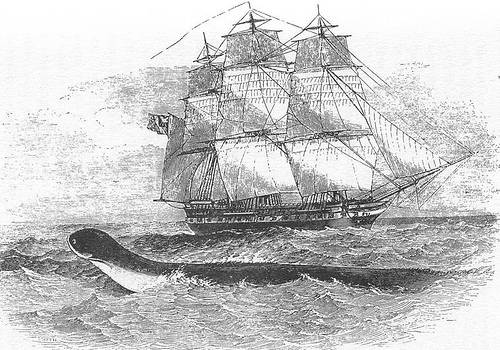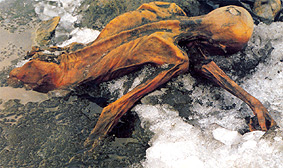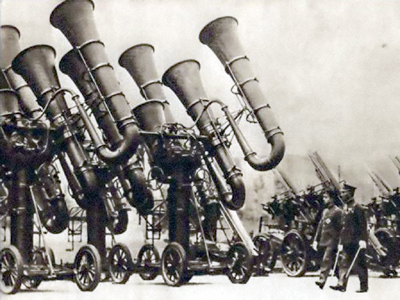In 2004, when vanity press PublishAmerica disdained science fiction and claimed to be a “traditional publisher,” the SF community decided to teach it a lesson. Dozens of authors collaborated on Atlanta Nights, a deliberate attempt to create the worst novel possible:
She went to the door, her hips swaying like palm trees in a Hawaiian hurricane.
Bruce lied there in the bed, trying to recover his memory. All he could remember was the screeching of tires’, like a steam engine gone crazy, and then there was just all that pain. Hell on wheels, that’s what it was, yeses.
Hell.
On wheels.
PublishAmerica took the bait, accepting the manuscript that December. When the authors revealed the hoax, the company retracted its acceptance, but the point was made. “The world is full of bad books written by amateurs,” wrote reviewer Teresa Nielsen Hayden. “Atlanta Nights is a bad book written by experts.”




